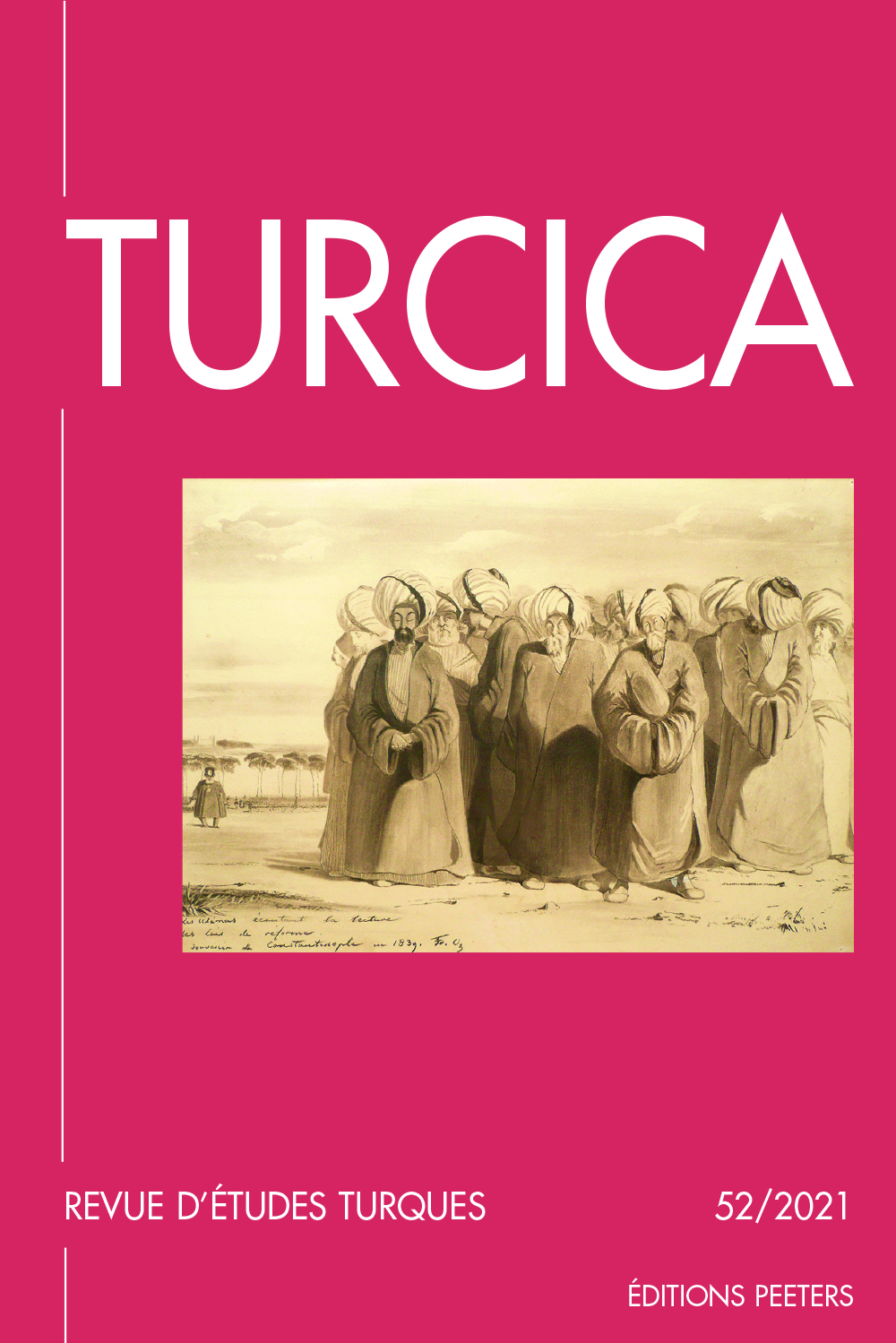 previous article in this issue previous article in this issue | next article in this issue  |

|
Document Details : Title: Property between Life and Death Subtitle: A Legal Debate over the Property of a Missing Person (gâib) in Eighteenth-Century Ottoman Amid Author(s): AYKAN, Yavuz Journal: Turcica Volume: 50 Date: 2019 Pages: 209-226 DOI: 10.2143/TURC.50.0.3286575 Abstract : This article analyses a convoluted eighteenth century Ottoman lawsuit that was brought before the judge of Amid, the capital of the Diyarbekir province. The legal conflict between the disputing parties concerns the property of a missing person (gâib), which, according to law, was not considered inheritance. More precisely, the case involves a piece of land belonging to one al-hajj Âdem who had disappeared from the city thirty-six years before. The fatwas brought to the court, as well as the agnatic relations among the actors of the case show the centrality of the legal doctrine, and the importance of the litigation strategies for the resolution of disputes. However, interesting in this case is the fact that the legal personality of the missing person opens up a window for the historian to peer into the abstract classifications of the jurists. Where is al-hajj Âdem, according to the law? We see in this case that a third fictional space within the law is revealed: a space that the missing person inhabits, and which is neither that of life nor that of death. Cet article analyse un litige complexe porté au XVIIe siècle devant le juge d’Amid, capitale de la province de Diyarbekir. L’objet du litige est la propriété d’une personne absente (gâib) qui, juridiquement, ne peut pas être considérée comme un héritage. Plus précisément, l’affaire porte sur un lopin de terre appartenant à un certain al-hajj Âdem, disparu de la ville trente-six ans auparavant. Les fatwas portées devant le tribunal ainsi que les relations agnatiques entre les acteurs de l’affaire révèlent la centralité de la doctrine juridique et l’importance des stratégies des acteurs du procès dans le cadre du règlement des litiges. Ce que ce cas spécifique permet d’entrevoir, c’est le défi que semble porter la personnalité juridique de l’absent aux classifications abstraites des juristes. Où se situe al-hajj Âdem, selon le droit? Ce cas fait émerger un troisième espace fictif dans la jurisprudence: un espace habité par la personne disparue, un espace qui n’est ni celui du vivant, ni celui du mort. |
 |
